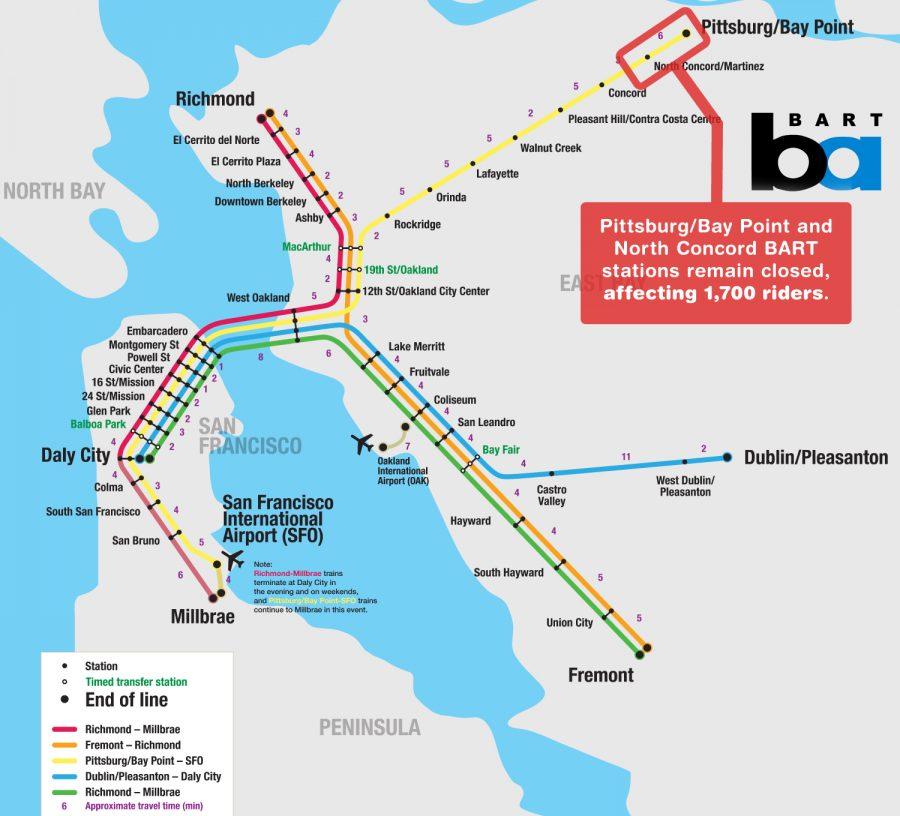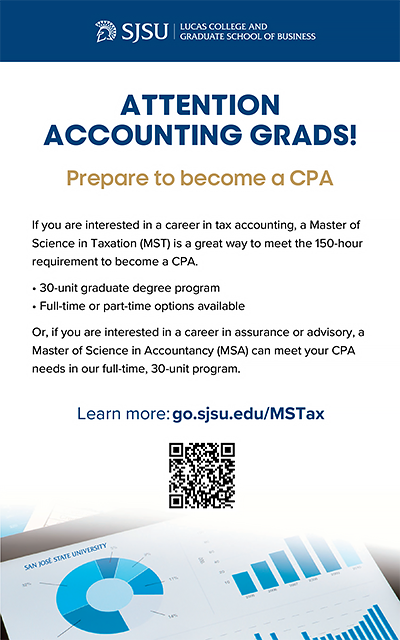BART woes continue for Bay Area customers
April 13, 2016
According to BART, on an average weekday about 440,000 passengers use the system, which are roughly 100,000 more than it served just five years ago.
On March 17 officials revealed that BART service between the Pittsburg-Bay Point and North Concord stations would be shut down for an indefinite amount of time while the agency attempted to figure out the problem that caused nearly 50 trains to stop working, due to electrical surges. Buses between the stations served in place of the damaged cars, which caused long lines and waiting times for riders.
“BART was built to transport far fewer people, and much of our system has reached the end of its useful life. This is our reality,” Taylor Huckaby, a BART spokesman and social media specialist, said on Twitter on March 16.
The electrical problem that caused the damage has baffled BART employees. Engineers and mechanics have inspected the tracks and the cars, but have still not been able to determine the exact cause of the problem, according to BART. During peak hours nearly 1,700 people use the Pittsburg-Bay Point and North Concord stations, as stated by BART. After the problem arose on March 16, BART went from 571 cars in service to 521 cars, down from its normal amount of cars in service of 579. Some of the older model cars have also had some damaged parts from electrical failures, which BART is trying to find a third party distributor in order to get them to mechanics so they can make repairs. However, despite outside party consultants, rigorous checks, inspections and new diagnostic equipment, BART officials have yet to determine the specific cause of those damages.
The transit system that opened in 1972 was originally intended to serve a fraction of the people it does now, thanks in large part to the increase in population. The Bay Area Census reported there were 4,628,199 living in the Bay Area in 1970, a number that has since skyrocketed to over 7 million people as recent as 2010.
Originally, the plan was to alleviate the traffic congestion caused by the automobile boom after World War II. A joint Army and Navy review board in 1947 proposed a high speed rail system that could connect Oakland and San Francisco through an underwater tube to help prevent congestion on the Bay Bridge, according to BART’s website.
Outdated cars and technology combined with too many riders have been a recipe for disaster for BART, who in the midst of the electrical problems introduced their new cars, which will eventually be a fleet of 775 and replace all of the older models, at a replacement rate of 16 cars a month until all of them are incorporated into the system.
According to BART, the California Public Utilities Commission will monitor the tests of the first car, which arrived in Hayward on March 15. The new cars are quieter, bigger, have three exits and entrances per car and feature LED screens with stop and destination updates. BART General Manager Grace Crunican said that the new fleet of cars should alleviate many of the issues that have plagued the system as of late.
“The problem is there are just too many people,” BART patron John Sandoval said. Sandoval takes BART from Fremont to the Montgomery Street Station, Monday through Thursday for work. “When I first started taking BART, I could get here in the morning a few minutes before my train and be fine. Now, well now I have to get to BART an hour early just to get a spot in line to board.”
Crunican said that BART staff has been granted overtime hours in order to figure out the problem and have since shifted their focus to the actual cars since there seems to be no problems with the tracks. However, with a new fleet of cars set to replace the old ones, will these cars have the same problem? Is it smart to put new cars on tracks that have undefined issues? These are the questions that BART is still trying to find answers to.







